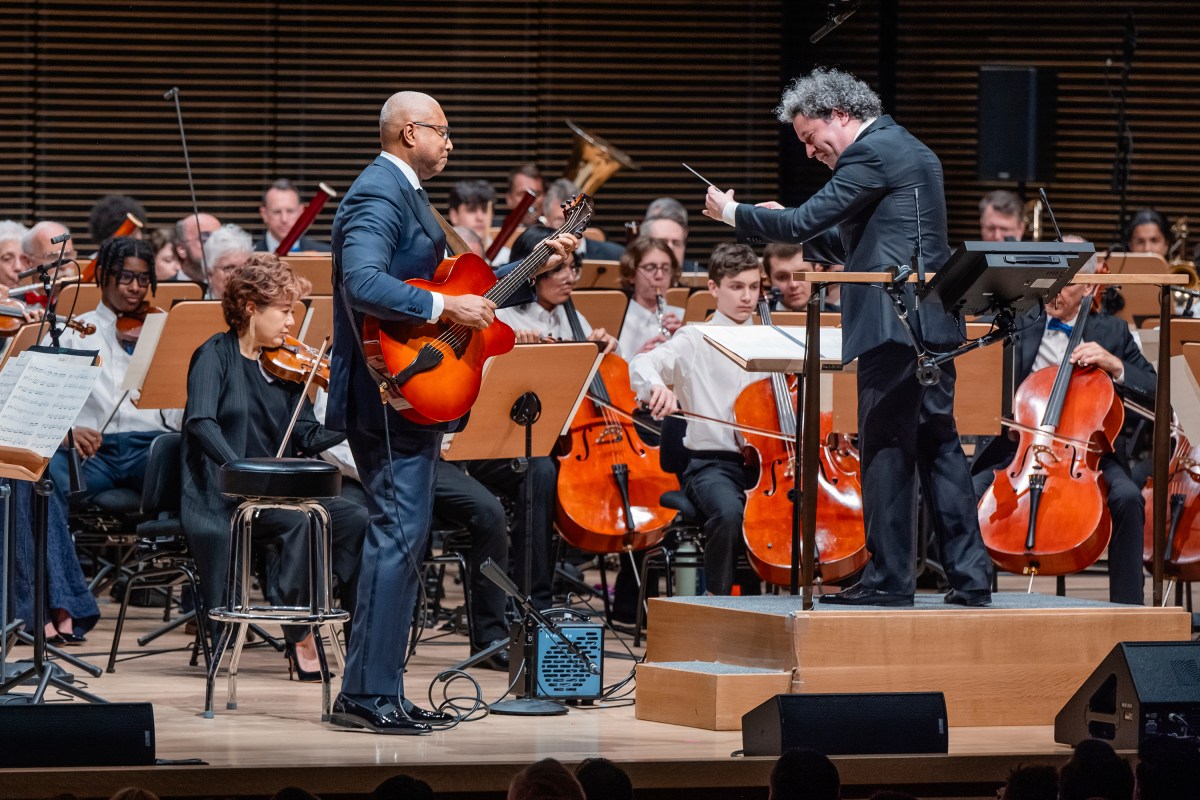You don’t have to buy a Van Gogh to enjoy art. Art comes in many broad categories, so there are several affordable and smart ways to infuse the arts into your lifestyle.
Many communities host free festivals, corporations sponsor plays and concerts, libraries and book shops promote literary events, and local governments foot the bill for tours or lunchtime performances. Local events are often promoted through newsletters, Facebook, Twitter or community websites. Check with your employer or social club to see if you get freebies or discounts on tickets. If you travel, investigate local hot spots for the arts. You may find a jazz bar, Shakespeare in the Park or reduced tickets for musicals.
Another affordable way to access art is to volunteer – join a fundraising committee for your local art gallery, teach an acting class, donate to a painting program, or write articles for a travel magazine.
Through careful selection of quality and smart shopping, physical pieces of art can be reasonably priced and may even grow in value. Of course, it doesn’t make sense to purchase a Botaro sculpture while you’re hacking away at student loans and a mortgage. But, as your career and income grows, you can plan ahead for artistic expenditures, stick to a realistic budget and avoid expensive payment plans.
Think of it like this. If there’s a $5,000 painting or sculpture you’re dying to have, start saving $420 monthly and buy it in one year, or use a bonus or tax return. Don’t go into debt for art because the value of art can be volatile, and therefore it can’t be considered good debt.
When you’re ready to buy art, take your time and shop around. Speak to professionals, like a gallery director. A good gallery director will spend time with you to help you find a piece of art you love that’s within your budget. Through personal referrals and on the Internet, research artists, auction houses, and galleries. If you need help deciding on a particular style you like, visit many galleries and comb through websites of museums, or even www.art.com.
Treat your art purchase like an investment. Investigate how many pieces from the artist exist, where they’re sold and whether critics have been favourable. Research sales history to determine whether the art can hold its value. If you really like a piece, get a second opinion.
Ideally, you’ll spend money on art which touches your soul and doesn’t break the bank.
















